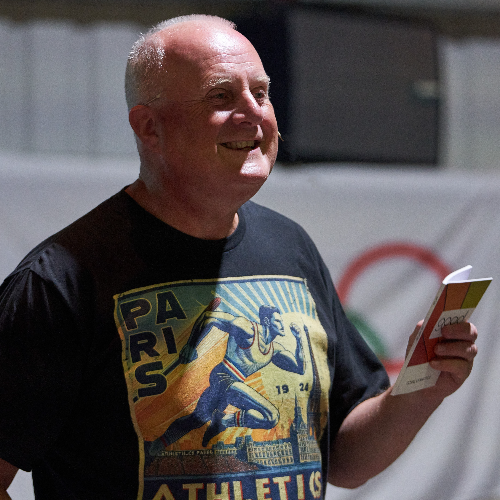-
The Servants Death Series
Contributed by Gordon Curley on Nov 28, 2017 (message contributor)
Summary: The death of Jesus. (Powerpoint slides to accompany this talk are available on request – email: gcurley@gcurley.info )
SERMON BODY:
(1). The Place (vs 22-24).
(2). The Question (vs 33-39)
(3). The Tomb (vs 42-47).
SERMON OUTLINE:
ill:
About an hour away from where I used to live in Coventry (England):
• There is a little village called Bredwardine
• It is in the county of Herefordshire.
• A lady who attended the Anglican Church in that village died;
• And in her will she left some money for the Church.
• As well as the money she left some instructions on how to spend it;
• She asked that the old battered and dishevelled cross;
• That sat on the altar be sent to a jewellers to be cleaned and restored.
• So the cross was sent off to a jewellers and when it was returned;
• They discovered this old tarnished cross was actually made of solid silver,
• They also discovered that upright and the cross-piece were studded with emeralds,
• The cross no longer stands on the altar:
• It is kept in a safe, and is only brought out when a service is about to take place.
• Transition:
• What many thought to be a worthless object;
• Was actually a very valuable and precious item!
This morning we are looking at the death of Jesus on the cross:
• To many it was a shameful and tragic act;
• The waste of a good man’s life.
• But to Christians it is the most important event in history!
• Because the death of Jesus was not a tragedy but a triumph;
• As Jesus himself said (John chapter 10 verse 18):
“No one takes it from me, but I lay it down of my own accord. I have authority to lay it down and authority to take it up again.”
• And again Jesus could say (Mark chapter 10 verse 45):
• “He gave his life as a ransom for many”.
The cross is a curious paradox because it is:
• A picture of violence;
• Yet it is the key to peace.
• It was a picture of suffering;
• Yet the key to healing.
• It was a picture of utter weakness;
• Yet the key to power.
• It was a picture of capital punishment;
• Yet the key to mercy & forgiveness.
• It was a picture of death;
• Yet the key to life.
• It was a picture of hatred;
• Yet the key to love.
• It was a picture of supreme shame;
• Yet it is the Christian’s supreme boast!
Ill:
• North of Cardiff (Wales) is the district of Llandaff;
• Llandaff has a Cathedral that contains a figure of Jesus by artist Joseph Epstein.
• It is an aluminium figure of Christ in Majesty
• What makes this figure unique is that all the marks of crucifixion have been removed.
• The figure may be majestic and beautiful and compassionate,
• But sadly Joseph Epstein has totally missed the point!
• The scars of Jesus are the reason for his coming into the world;
• They are the reason for his earthly existence!
• Because without those scars,
• Without his suffering and death, there is no salvation!
• Note: There are five things Jesus took back to heaven that were not there before!
• They are the wounds in his hands, feet and side!
Ill:
• In contrast to Joseph Epstien the deaf have a sign for Jesus.
• The middle finger of each hand is placed into the palm of the other.
• Jesus, the one with wounded hands.
• Someone has said;
• “When the deaf touch the place, they hear the name in their own flesh”.
• This morning each one of us should ‘hear the name in their own flesh’.
• Because whether you realise it or not the cross of Jesus Christ involves you!
• Because on the cross “He bore the sin of the world” including yours & mine!
We have reached the place in our studies in Mark’s gospel:
• When Jesus has been sentenced to be crucified.
• The soldiers have mocked him by placing a crown of thorns on his head;
• They have viciously punched him with their fists,
• He had been cruelly flogged him to the point of death.
• He was a mass of bleeding, raw and opened flesh.
• Now it is time to leave Praetorium (the palace);
• And make their way to the place of execution.
• Now it was the custom for a condemned man;
• To carry their own crossbeam to the place of execution.
• The cross beam, was called in Latin "patabulum".
• And it weighed about 100 pounds and it was carried across the shoulders.
• Jesus had carried his to the city gate;

 Sermon Central
Sermon Central



